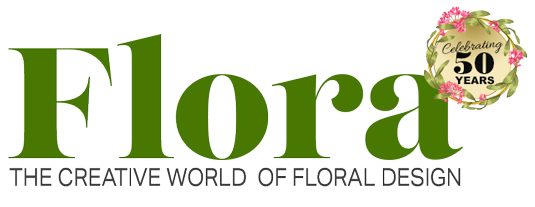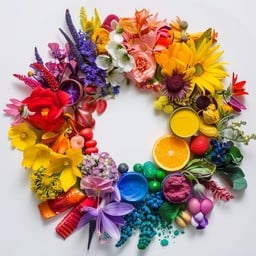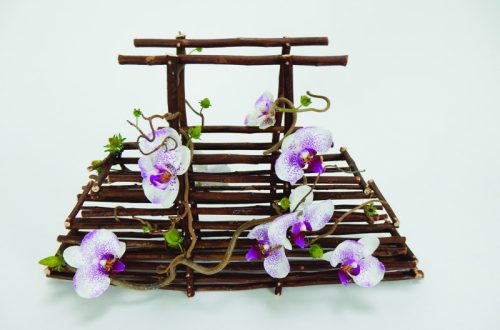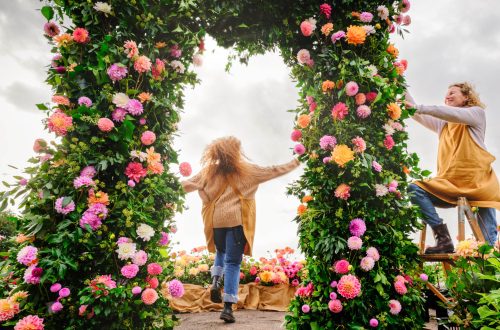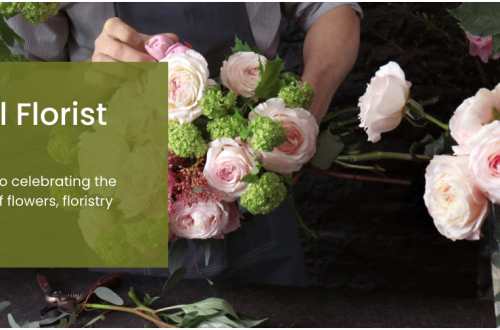‘Colour’ is one of the five key principles of design, and is largely considered the most important. If you’ve ever arranged flowers in a vase, you’ll know when your chosen combination looks fantastic – and equally, when something just doesn’t sit quite right.
A simple colour wheel is made up of 12 colours, a combination of the three primary colours: red, blue, and yellow. The three primary colours are essentially the parents of the remaining nine on the colour wheel.

Colour Schemes
Monochromatic colour schemes use a single colour with varying tints, shades and tones while analogous colour schemes use three (or four) colours next to each other on the colour wheel.
Complementary colour schemes, on the other hand, are made up of colours that sit opposite each other on the colour wheel. They consist of a base or dominant colour and a contrasting third colour that serves as an accent.
A split complementary colour harmony is created when a single hue is used alongside two analogous colours to its complement.
A triadic colour harmony is created when you combine three colours evenly spaced on the colour wheel, for example, red/blue/yellow and orange/purple/green.
A tetradic colour harmony is created when you combine four colours evenly spaced around the colour wheel. For example, green + yellow orange + blue violet + red.
A polychromatic colour harmony uses at least five colours from the colour wheel. The colours may be related by an existing colour harmony, or chosen at random. As florists, this gives us a really fun way to showcase lots of colours.
And finally, an achromatic colour harmony uses only black, white and grey – great for creating simple and modern designs.
When it comes to choosing colours, always remember the very basics of the colour wheel – come back to it, pick one colour, and go from there; the options are endless!
So, go ahead and use which ever colour harmony that resonates with your vision. Let your creativity flow and see how these colour relationships can elevate your designs and make your work stand out.
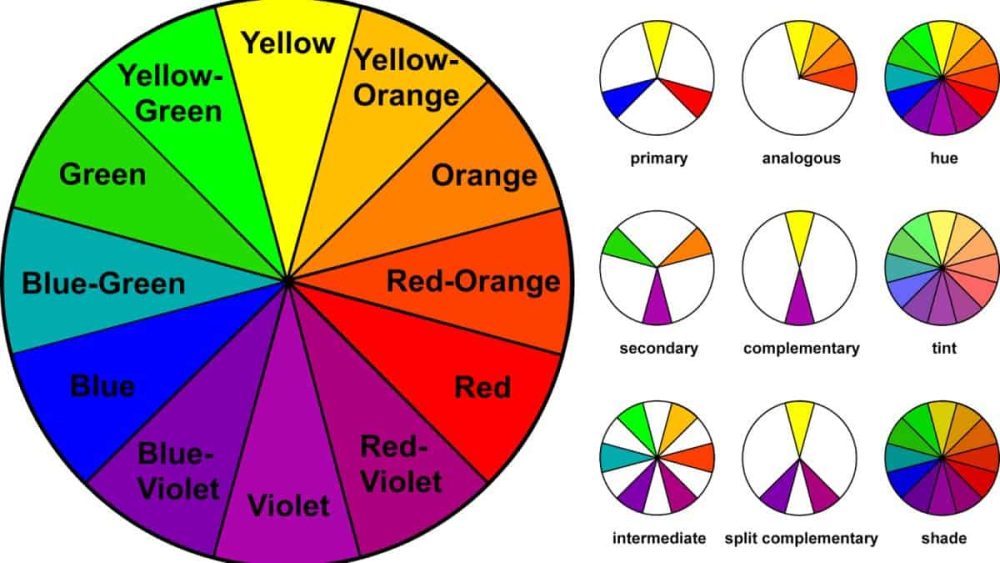
Colour Variations
Hue: another term for colour
Tint: the pure colour, mixed with white.
Tone: the pure colour, mixed with grey.
Shade: the pure colour, mixed with black.
